Medlars are pome fruits that are now mainly grown in Southwest Asian countries and Azerbaijan. In the Middle Ages, the plant was also cultivated in southern and central Europe.
Today, however, targeted cultivation of the deciduous tree is rather rare. Medlars are mainly used in folk medicine for inflammatory bowel diseases. They are only edible after storage for several weeks. Loquats are suitable for making desserts, jams and give main dishes a fruity taste.
What you should know about the medlar

The medlar, also known as medlar, is a pome fruit plant and belongs to the rose family. The medlar is a deciduous tree with a very crooked trunk. Medlars are only medium-sized and can reach heights of up to five meters.
Usually the treetop is larger than the rest of the plant. It is round and bears edible fruit. In Europe, the medlar was widespread in the Middle Ages and was specifically cultivated. Nowadays the fruit tree is almost insignificant in European areas. Remaining medlar plantations are protected by the city of Heidelberg. However, there are hardly any other targeted cultivations in these latitudes. Occurring loquat trees are mostly wild-growing. Naturally occurring medlars thrive in Western Asia, in the Caucasus in Turkmenistan, the Ukraine, Greece, Italy and Bulgaria. In earlier times they were mainly cultivated in central and southern Europe and southern England.
Medlars are around 70 years old, but there is a tree in England that is already 300 years old. Today's growing areas are in Southwest Asia and Azerbaijan. The medlar tree has a very hard, brownish wood. The fruits it bears are round, quite small and yellow. The protruding grain leaves at the tip are also characteristic. The flowers are white to pink in color and three to five centimeters in diameter. In Germany the flowering time is from May to June. Medlars are deciduous trees. The fruits are collected in October and November. They are only ripe after the first frost exposure.
The fruit is traversed by a supporting tissue, which is what it is called Stone apple brought in. The medlar favors sub-Mediterranean climates. It is relatively undemanding. Medlars prefer air temperatures of 18-20 degrees Celsius. They are relatively insensitive to frost and can withstand temperatures of up to minus 20 degrees. The trees thrive best on low-lime, clay-like soil. The fruits are only edible after a few weeks of storage. Then medlars taste sour and aromatic.
Unripe fruits are suitable for tanning because they contain a lot of tannin. Because of this, medlars are also used in wine and must production to keep the cloudiness lower. The wood of the tree is used for cabinet making and is used for the production of charcoal. Loquats reproduce by self-pollination. The seeds are carried away by squirrels and birds.
Importance to health
The fruits and leaves of the tree are important parts of the medlar plant for health. The effect of the loquat is astringent and diuretic. In folk medicine it is used for various intestinal complaints.
Since it has anti-inflammatory effects, it is even used in Russia against the inflammatory bowel disease Crohn's disease. In addition, it should provide relief from digestive problems and gastric mucosal inflammation. Since it has a digestive effect, it regulates the bowel function and can relieve cramps. The tannins contained in the medlar and the pectin regulate the stool, have a toning effect on the mucous membranes in the intestine and can thus counteract diarrhea. The pectin also has a positive effect on blood lipid levels. Consuming pectin helps lower cholesterol levels.
A low cholesterol level protects the human organism against diseases of the cardiovascular system such as arteriosclerosis or a heart attack. In Japan it is not the fruits that are used for medicinal purposes but the leaves of the medlar tree. These are part of the so-called Ito-Thermie. To do this, the leaves are heated and transported along the body in metal containers. This should provide relief from pain and strengthen the body's self-healing powers.
Loquats have a low calorific value and hardly contain any fat. They are therefore suitable as a dietary food. The effects of the plant described in folk medicine and their areas of application have not yet been scientifically proven. Use of the fruit in traditional medicine has therefore not yet been induced.
Ingredients & nutritional values
The content of ingredients and nutrients depends on the degree of ripeness of the fruit. Ripe, edible fruits have an average calorific value of 44 kilocalories per 100 grams. They contain tannins and pectins. In addition, 100 grams consist of around 75 percent water.
This amount also contains about 0.5 grams of protein, 0.2 grams of fat, 10.6 grams of carbohydrates and 2.1 grams of fiber. Loquats provide vitamins, trace elements and minerals. 100 grams of the fruit contain around 6 milligrams of sodium, 250 milligrams of potassium, 30 milligrams of calcium, 28 milligrams of phosphorus, 0.5 milligrams of iron and 2 milligrams of vitamin C.
Intolerances & allergies
Food intolerance is an over-sensitive reaction of the human body to certain allergens. This manifests itself through different symptoms such as itching, difficulty breathing and rashes.
If you have an allergic reaction to medlars, you may be intolerant to fructose. Like apples and pears, a medlar belongs to the pome fruit family. Therefore, if you have an allergic reaction, you should be careful when consuming these varieties. Furthermore, cross allergies with stone fruit such as peach and apricot are not uncommon.
Shopping & kitchen tips
Loquats are rarely found in supermarkets or markets. The small, yellow fruit is most likely to be sold by Turkish fruit and vegetable traders. When bought, the medlars often have brown unsightly spots on the skin. This is a good sign.
The brownish color means that the fruit is ripe and the pulp has a tender consistency. Loquats have to be stored for a relatively long time. Only then are tannins and fruit acids broken down and the fruit can be enjoyed. Ripe fruit can be kept in the refrigerator's vegetable compartment for about a week. Medlars from Germany, on the other hand, should be stored for about one to two weeks until they are fully ripe.
Before eating, the fruit should be halved and the stones removed. The bowl can be eaten. If the peel is to be removed, it is advisable to briefly heat the fruit. The peel can then be peeled off with a sharp knife, similar to a potato.
Preparation tips
Loquats are suitable for making jellies, purees, jams and sauces. However, they can also be enjoyed pure. They go well with related types of fruit such as apples and pears and are used to refine ice cream and fruit salads. They refine their taste in all kinds of desserts such as cakes and muffins. Pickled in vinegar and sugar, medlars are a delicacy.
The yellow fruits are also suitable for making juices, liqueurs and wine. When dried, flour can also be made due to its high starch content. Medlars not only give desserts but also main dishes a pleasantly fruity aroma.

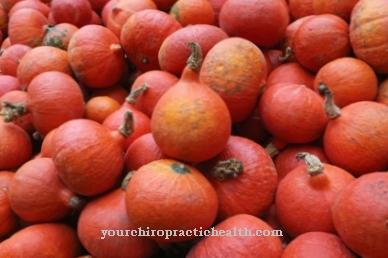
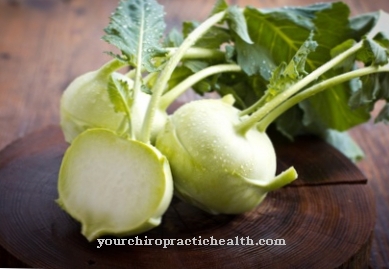
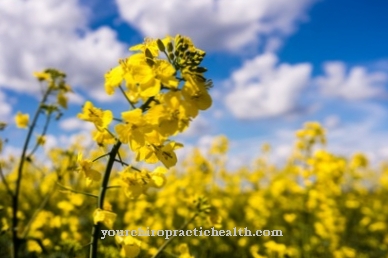
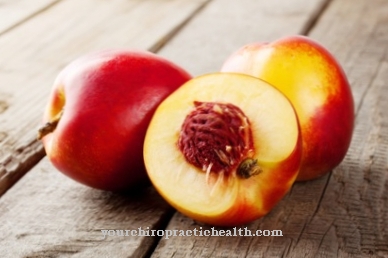
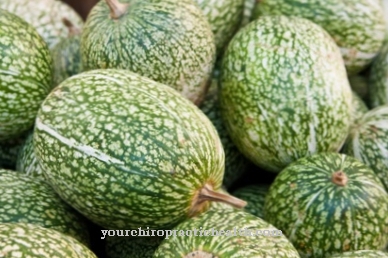
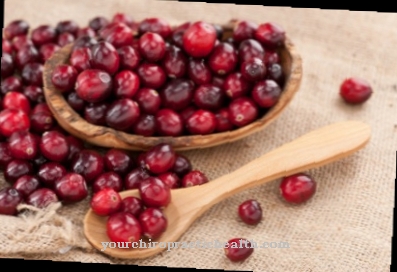









.jpg)
.jpg)



.jpg)






